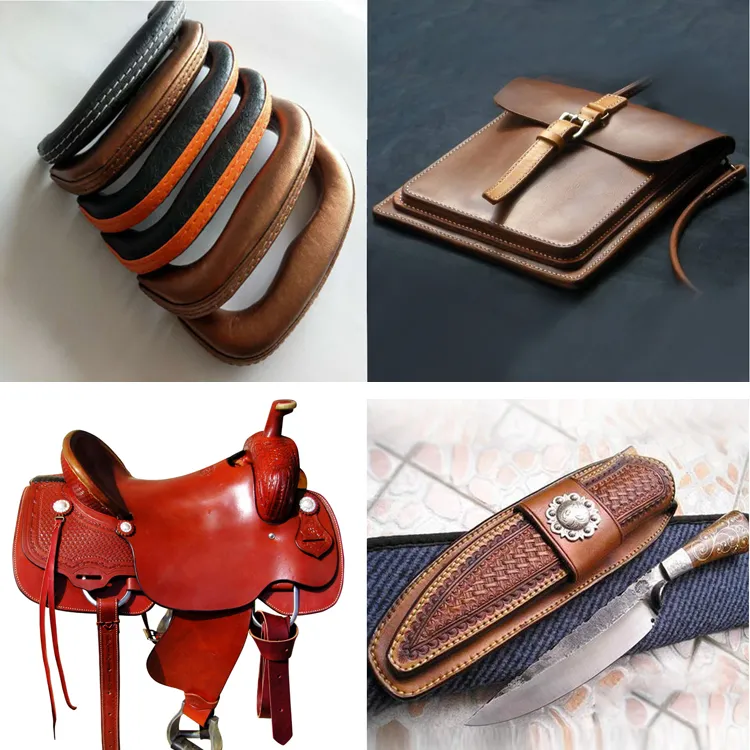what is a lockstitch
What is a Lockstitch?
Lockstitch is a fundamental sewing technique that has become an integral part of garment construction and textile production. It plays a crucial role in creating durable seams and ensuring that fabrics stay together securely. Understanding the lockstitch mechanism, its history, and its applications can provide valuable insights for anyone interested in sewing, fashion design, or textile engineering.
At its core, a lockstitch is created using two threads—typically, an upper thread and a lower thread—which interlock at the fabric layers. This unique interlocking of threads creates a strong and reliable seam, characterized by a smooth stitch on the top and a slightly different appearance on the underside. The lockstitch technique is primarily executed using a sewing machine, although it can also be done by hand, albeit less commonly.
What is a Lockstitch?
One of the most notable features of the lockstitch is its stitch formation process. The upper thread is threaded through a needle and passes through the fabric, while the lower thread is fed from a bobbin located underneath the fabric. As the needle pierces the fabric and moves back up, a hook or loop mechanism catches the lower thread, pulling it up to form a secure knot. This interlocking of the two threads forms the basis of the lockstitch, providing strength and preventing the seam from unraveling.
what is a lockstitch

The lockstitch is widely used in various applications, from constructing clothing to quilting and repairing textiles. Its versatility makes it suitable for different types of fabrics, including lightweight cotton, denim, and even some knitwear. Lockstitches are particularly favored in the fashion industry for their neat appearance and durability. Garments such as shirts, pants, and dresses commonly feature lockstitching along their seams, ensuring they remain intact through regular wear and laundering.
In addition to its aesthetic and functional advantages, the lockstitch allows for a variety of sewing techniques to enhance creativity. It can be adjusted with different stitch lengths and tensions to achieve various effects, such as decorative topstitching or functional stitching in construction. Moreover, lockstitch sewing machines come equipped with various attachments and settings to facilitate diverse sewing tasks, making them an indispensable tool for both amateur and professional seamstresses.
However, while the lockstitch is immensely popular and reliable, it does have some limitations. For example, it can be less effective on certain stretchy fabrics, where other stitching techniques, such as the zigzag stitch or overlock stitch, may be preferable. Additionally, because the threads lock together, lockstitches can be more challenging to remove or alter compared to other types of stitches, which could be a consideration for garment alterations.
In summary, the lockstitch serves as the backbone of many sewing projects, providing strength, durability, and a clean finish. Its historical significance and ongoing relevance in the textile industry make it a key topic for anyone looking to deepen their understanding of sewing techniques. Whether you're a seasoned professional or a curious beginner, mastering the lockstitch can significantly enhance your sewing skills and open up a world of creative possibilities.
-
Heavy Duty Leather Sewing Machine: A Must-Have for Professional LeatherworkNewsMay.28,2025
-
Leather Sewing Machine: Essential for High-Quality LeathercraftNewsMay.28,2025
-
Extra Heavy Duty Sewing Machine for Premium Leather ApplicationsNewsMay.28,2025
-
Walking Foot Cylinder Arm Sewing Machine: Precision and Power CombinedNewsMay.28,2025
-
Industrial Cylinder Arm Sewing Machine: Engineered for High-Performance StitchingNewsMay.28,2025
-
Cylinder Bed Sewing Machine: A Powerful Solution for Precision StitchingNewsMay.28,2025
-
Zigzag Sewing MachineNewsMay.12,2025





























